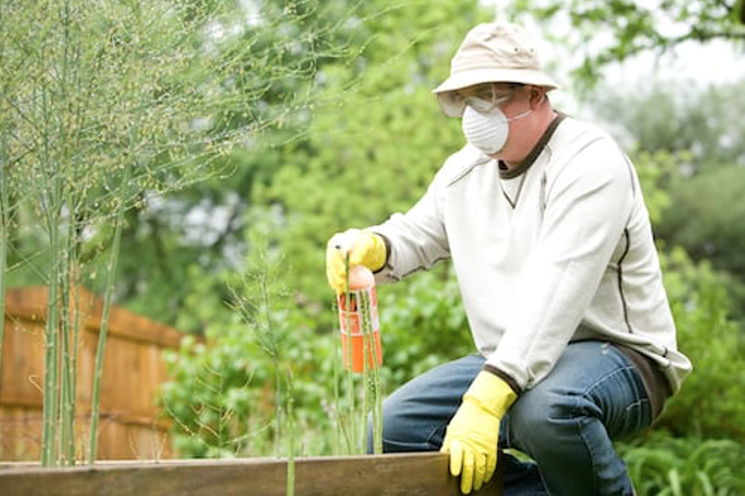Top Ways to Dodge Expensive Plumbing Repairs
RH Business Marketing Solutions
Water bills are pretty much unavoidable if you are anything like me. You understand how discouraging it feels to see those figures rise - seemingly powerless to stop it.
Here are some easy ways to save money on your utility bill by staying on top of your plumbing.
Solid Drains Are Essential
Your plumbing should be robust and straightforward.
Copper is a choice material for pipes, as it is less likely to shatter under pressure. However, PVC is used for a longer-lasting system, as high acidity causes damage and leakage to copper pipes.
When installed correctly, PVC costs much less than copper pipes. Two layers of PVC must be installed throughout the system, including the connecting joints, to ensure the stability of the pipes.
Prevention is always better than cure. Using proper materials and correct installation can prevent unnecessary problems in the future.
Leaky Pipes? Call A Professional
As someone with a can-do attitude, minor home maintenance is something I do on my own.
But leaky pipes are well off my repertoire - with memories of my flooded apartment serving as a personal cautionary tale.
Calling a professional for a thorough inspection, or at least to guide you through what you would need to do, will ultimately save you money and cause far less than coming home and discovering your apartment has become Atlantis.
Watch Out For Clogged Drains
Knowing how to spot one is crucial to maintain the overall health of your plumbing.
Noticing whether or not water goes down easily is the first sign of a clogged drain. Keeping it free from hair or food scrap will help pipes from getting clogged. A foul odor is also another tell-tale sign of a troubled plumbing system.
Regular Tune-Ups
Like a car needing tune-ups for a smooth ride, a regular maintenance check on your plumbing system is the best way to guarantee optimal condition.
A thorough inspection twice a year will help you identify problems and stay on top of them before it snowballs into a major issue.
Here are some tips to help maintain your plumbing system:
Deep clean your garbage disposal with baking soda, lemon, vinegar, and hot water to avoid clogging. You can use this method on different drains in your home.
Hose down your outdoor drains to flush out debris and build-up that may have formed over time.
Play It Safe
Efficiency and savings go hand-in-hand - not just in business but also in home management.
Similar to building a home, creating a sound structure can guarantee your home and your family's safety.
Whether a clogged drain or a leaky pipe, staying on top of your household offers homeowners peace of mind and prevents costly repairs.
If your plumbing is prone to breakdowns, monitoring it using technology is the best way to go.
Here are some tips that can help:
Invest in a smoke-gas detector. Thanks to technology, smoke detectors can now read high levels of toxic gas. Methane, carbon dioxide, and ammonia - to name a few - are found in sewer gas.
Though harmless in small amounts, these are components of high toxicity gas. Possibly even flammable!
Use an indoor or outdoor thermometer when monitoring your heating system. Check your ventilation system and air conditioning to prevent inconvenience and malfunctions.
Keep non-water-resistant surfaces dry to prevent molds.
There's a sense of pride held when you know you run a smooth ship. But like every ship, a captain needs its crew - a crew of professionals to expertly navigate the waters in the direction of where you, the captain, would like to take it.
There are several ways to save money on costly problems. My go-to plumbers in San Francisco offer assistance on issues like backflow prevention, dripping faucets, and state-of-the-art device recommendations. From maintaining pipes to the overall plumbing in your home.
Bay Area Roto Rooter has got you covered!











